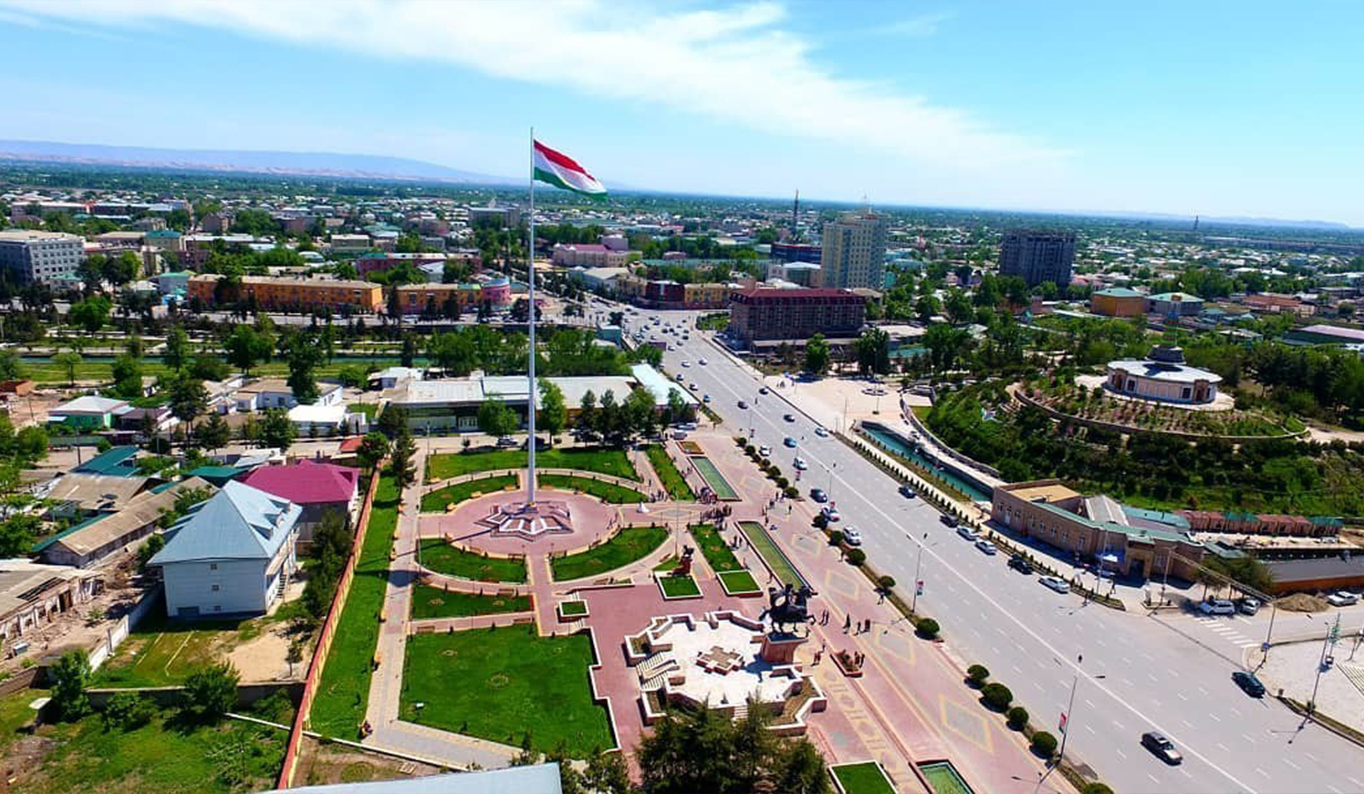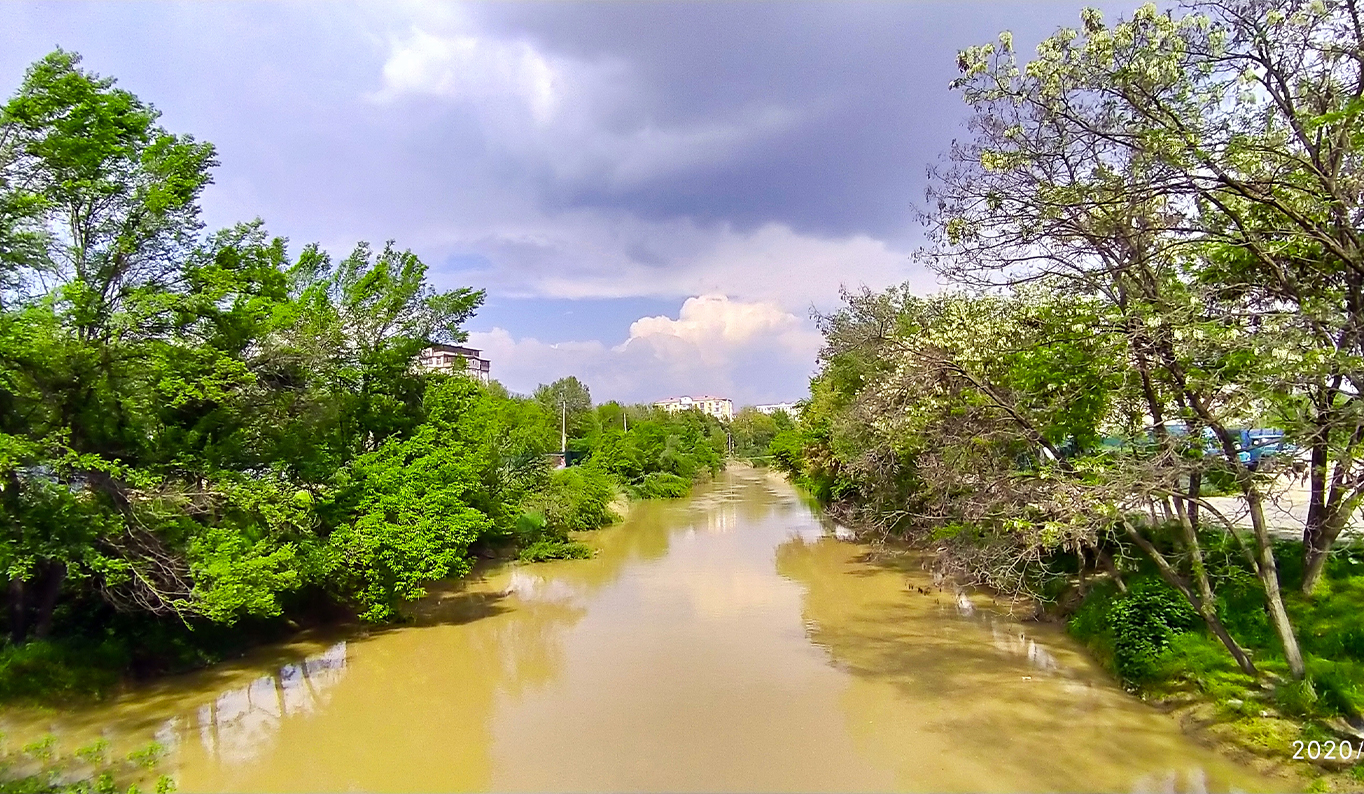Bokhtar – a citadel on a hill
The administrative center of Khatlon Province Bokhtar city which until 2018 was named Kurgan-Teppa is located 100 km from Dushanbe, in the southwestern part of Tajikistan, at the oasis of Vakhsh River. Despite the fact that the name of it was changed, its historical name is still used both among locals and among the guests of the country as well.
The settlement where the modern Bokhtar is located was famous as Khutal in the medieval ages but the city itself was named Levakand or Vakhsh in the VII century or later. According to the historical resources the oasis of Bokhtar still existed during the Kushan realm.
The etymology of “Kurghonteppa” toponym (Tajik pronunciation) is derived from Turkic-Persian roots and means “kurgan-peak, hillock, fell, hill”. If we approach from the Tajik viewpoint the toponym consists of two words where “kurgan” – a fortress on a hill, a fortification, a citadel of a small town” and “teppa” – is a Turkic-Tajik adoption like “teppa, tyube,depe”. A famous story was spread among the locals as if once upon a time one of the local rulers ordered that each traveller passing by his town should bring with himself a skullcap of earth. Later a huge hill appeared and consequently an observation post was built on it and according to the decision of the local government and in honor of the 50th anniversary of the irrigation of the Vakhsh valley in 1982 a regional museum of history was built. The museum keeps about three thousand exhibits which almost half of it is on a permanent display. Besides that the collection of the museum is filled up with the gifts of the region after the variety of ceremonial campaigns which are held in the city. The exhibits are placed in several halls of 400 square m. which are dedicated to various stages of the formation and development of Bokhtar city Vakhsh valley.
Another interesting and fascinating sight of the city is the Orthodox church named after Mikhail Bojego in the Kahhorov`s street. The history of this church starts with the anonymous meeting-house of 1932 and legalized 22 years later in 1954 and was reconstructed with mud brick. In 2015 the building of the church collapsed due to decay. However before that sad incident in 2008 at “Rosselkhozbonk”`s expenses and with the assistance of 201st Russian military base dislocated in Tajikistan a new church of hipped style was under construction in the center of Khatlon Province (architect Viktor Kanaev) which nowadays decorates the city.
Bokhtar city is noteworthy with its variety of monuments, squares, central market and mosaic murals on the walls of buildings. For instance, at the entrance of the city you can be acquainted with the first tractor of the Vakhsh valley, the poet Rudaki and the historian Bobojon Ghafurov and also the monument of the first founder of the Tajik realm Ismail Samani is perpetuated there. There is an extraordinary and interesting composition in the square which is called “a crown” by the locals. There is a musical and dramatic theatre named after Ato Muhammadjonov, puppet theatre, transformer factory, international airport, there are two higher educational institutions: Bokhtar State University named after Nosir Khusrav (1978) and Institute of Energy (2006), where it prepares specialists for the country and also there is a railway station there.
The suburbs of the city will open you the treasure of the history and culture of Tajiks. For instance, not far from Bokhtar there is a ruins of Lugman town (X-XII) and is 43 hectare. The archeologists in the middle of the XX century discovered an old water pipe, a well laid with burnt bricks, fortified walls with towers.
Driving 12 km towards the east you can come across the famous hill of spirits – Ajina-teppa. There are residential and religious buildings of the Buddhist temple of the VII-VIII century still preserved and also a 13 m Buddha in nirvana was found from there which is now in the Museum of Antiquity in Dushanbe.
If it is interesting for you to learn about the legends so you need to visit Childukhtaron which is not far from the Muminobod settlement. There you will be acquainted with the ruins of Muminabad Fortification and the valey of “forty maidens”. A place with marvelous rocks which are similar to the figures of ladies. According to the stories these rocks appeared after the invasion of crucial conquerors and intended to make them their concubines. The girls began to beg Allah to save them and afterwards they turned into blocks of silent stones. Their wishes come true. So still these 40 beautiful Tajik girls are standing. Silent, proud who saved their maiden honor from abuse.
This is what we call Vakhsh valley where Bokhtar is located and a fortress on the hill.



Leave a comment